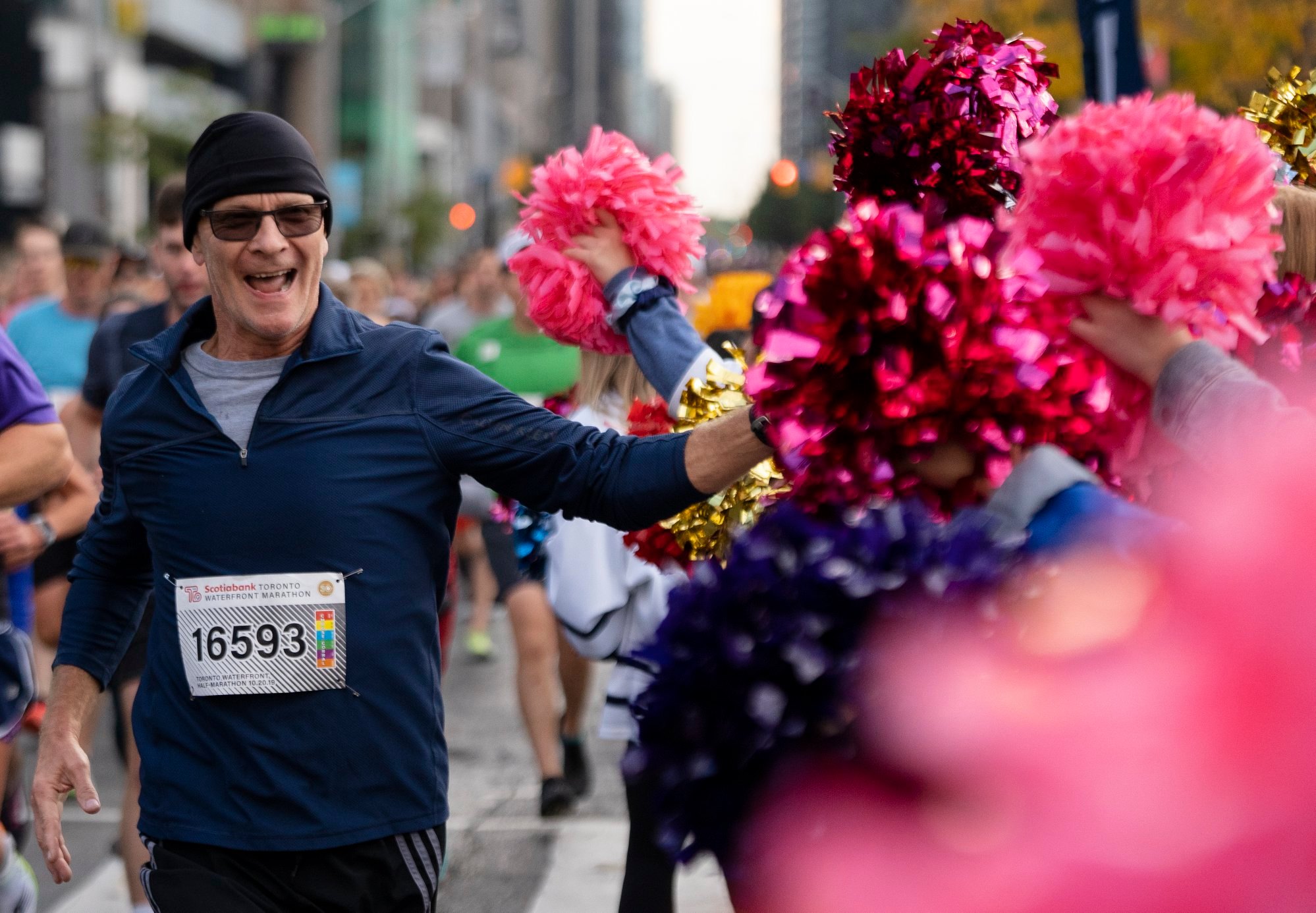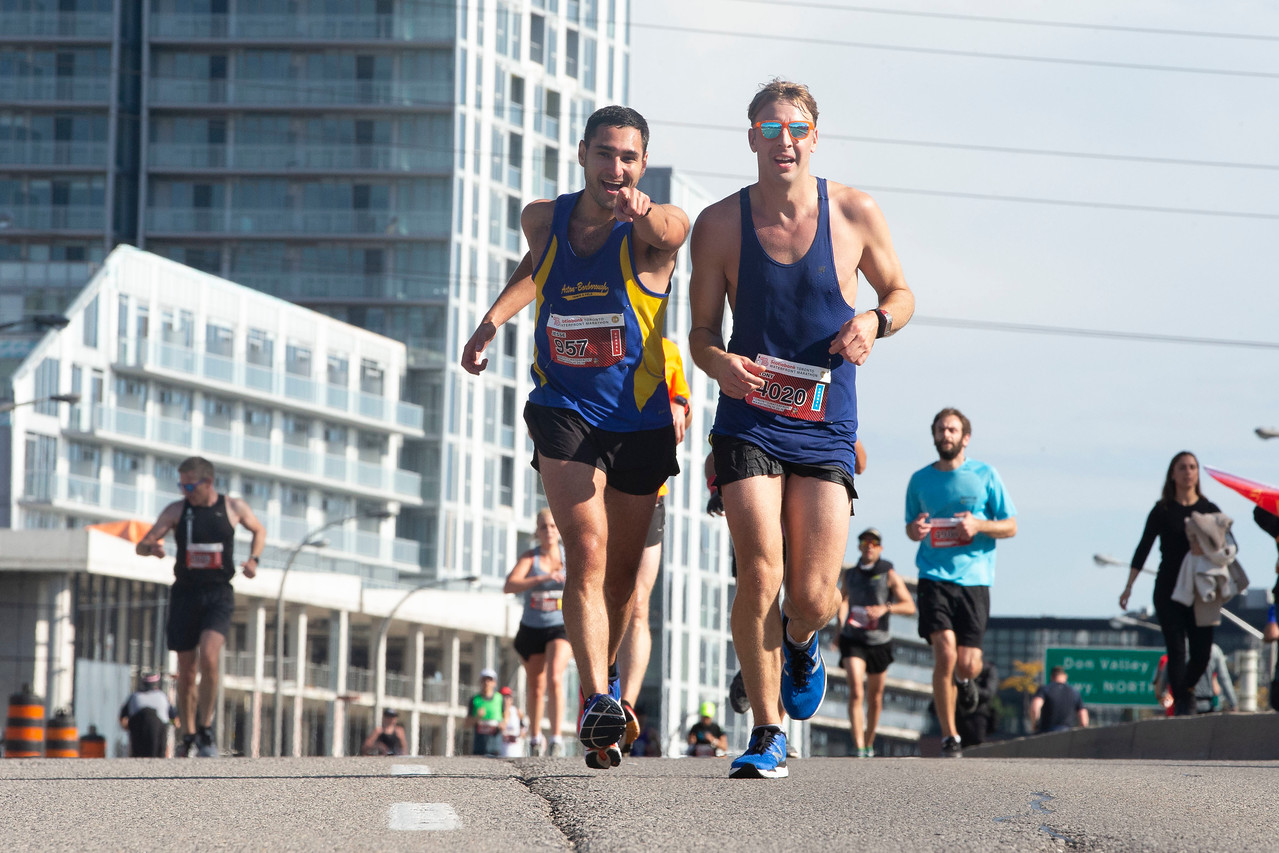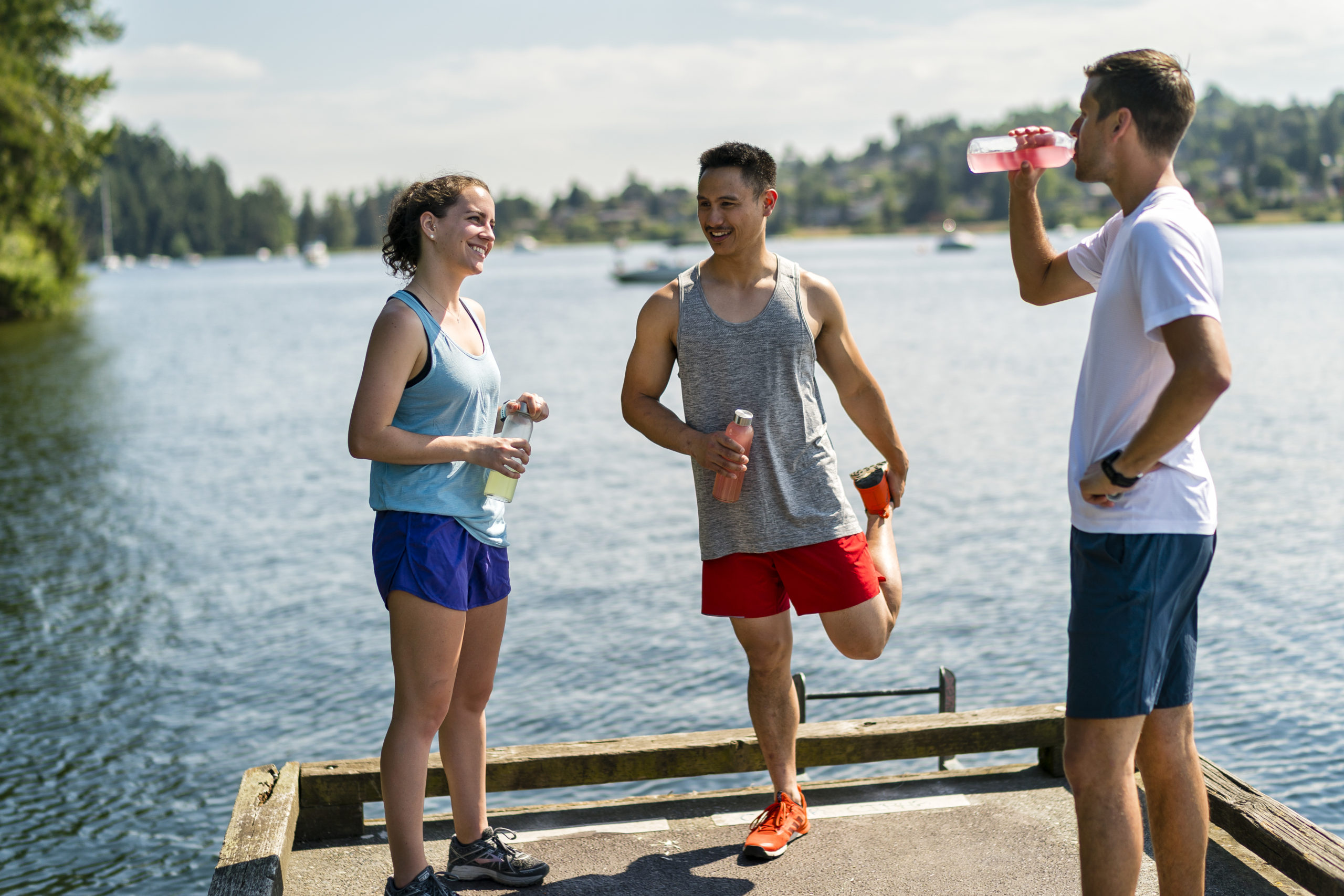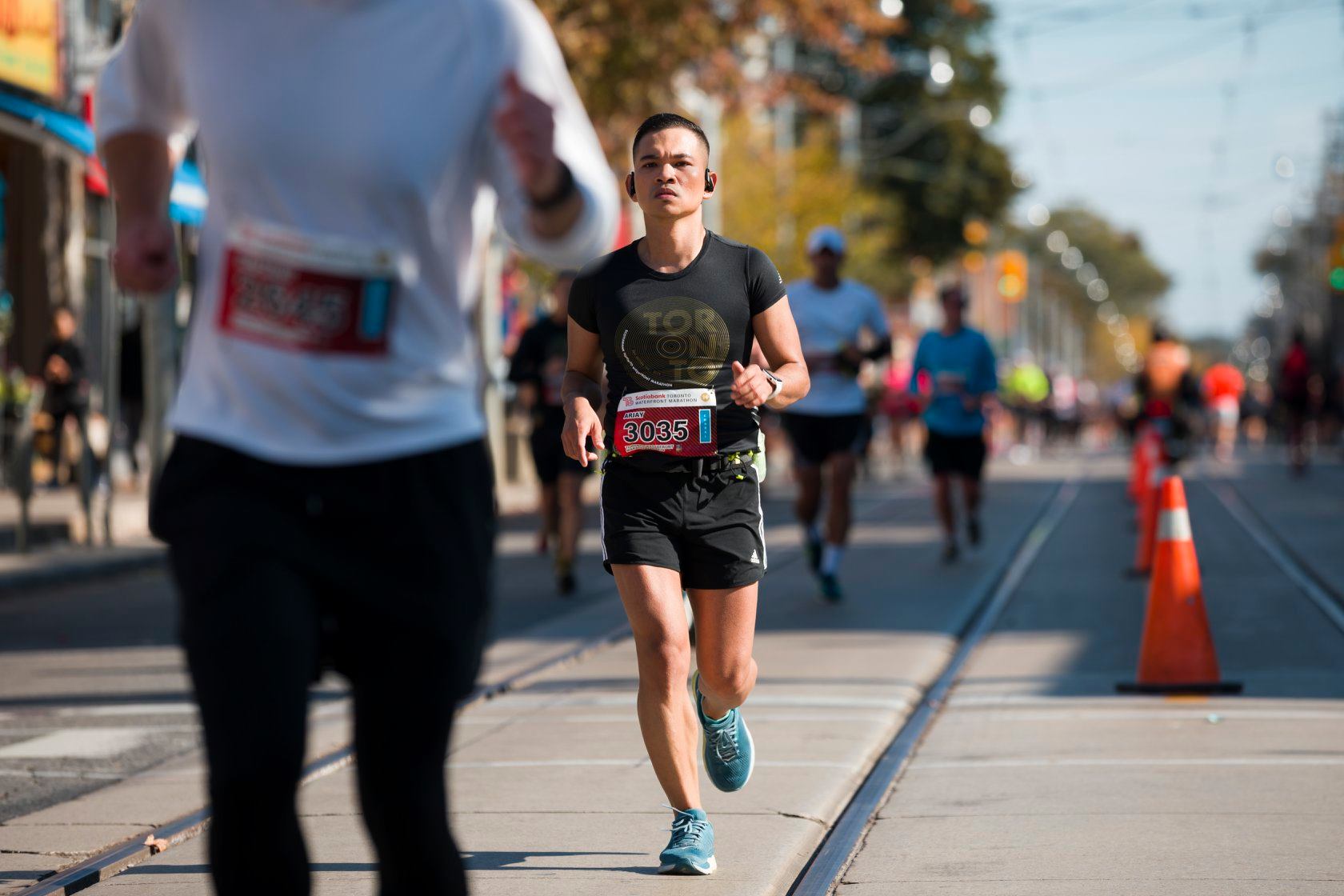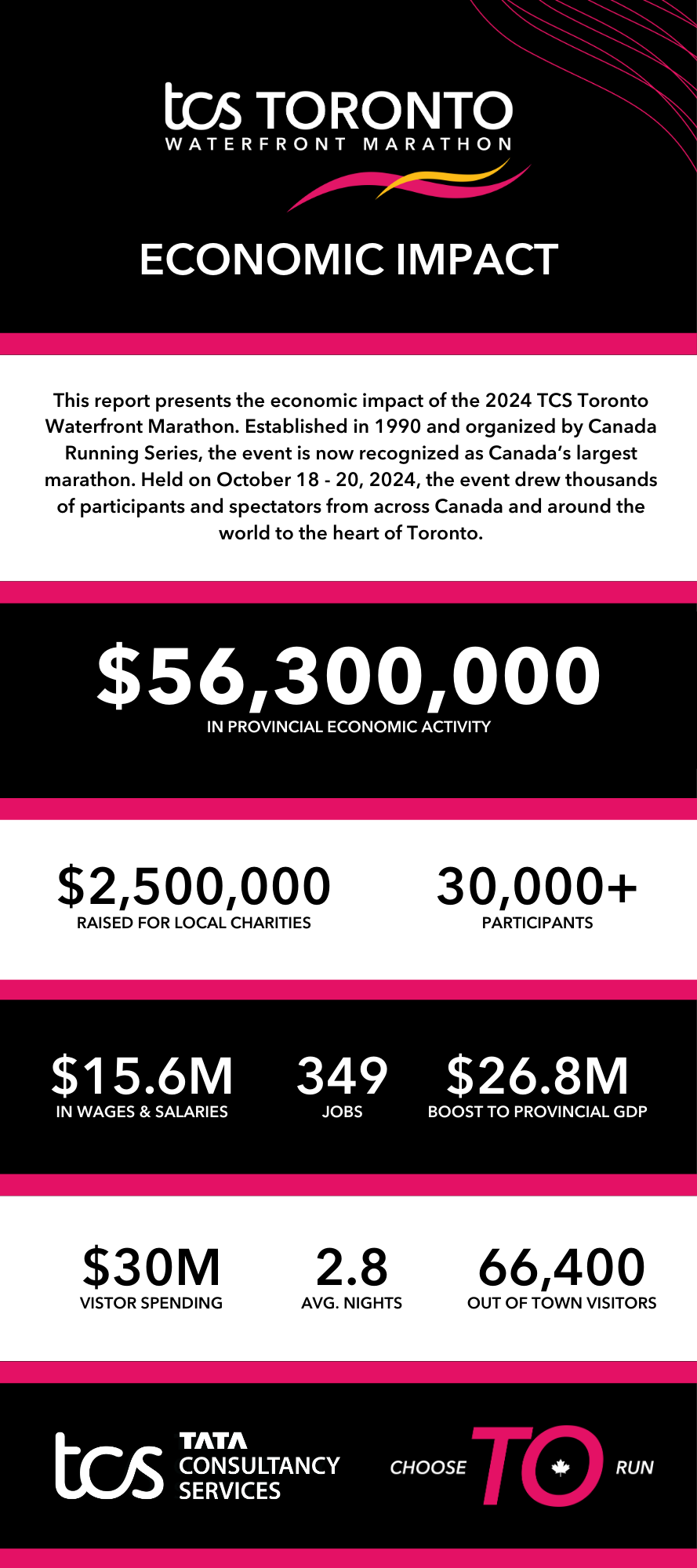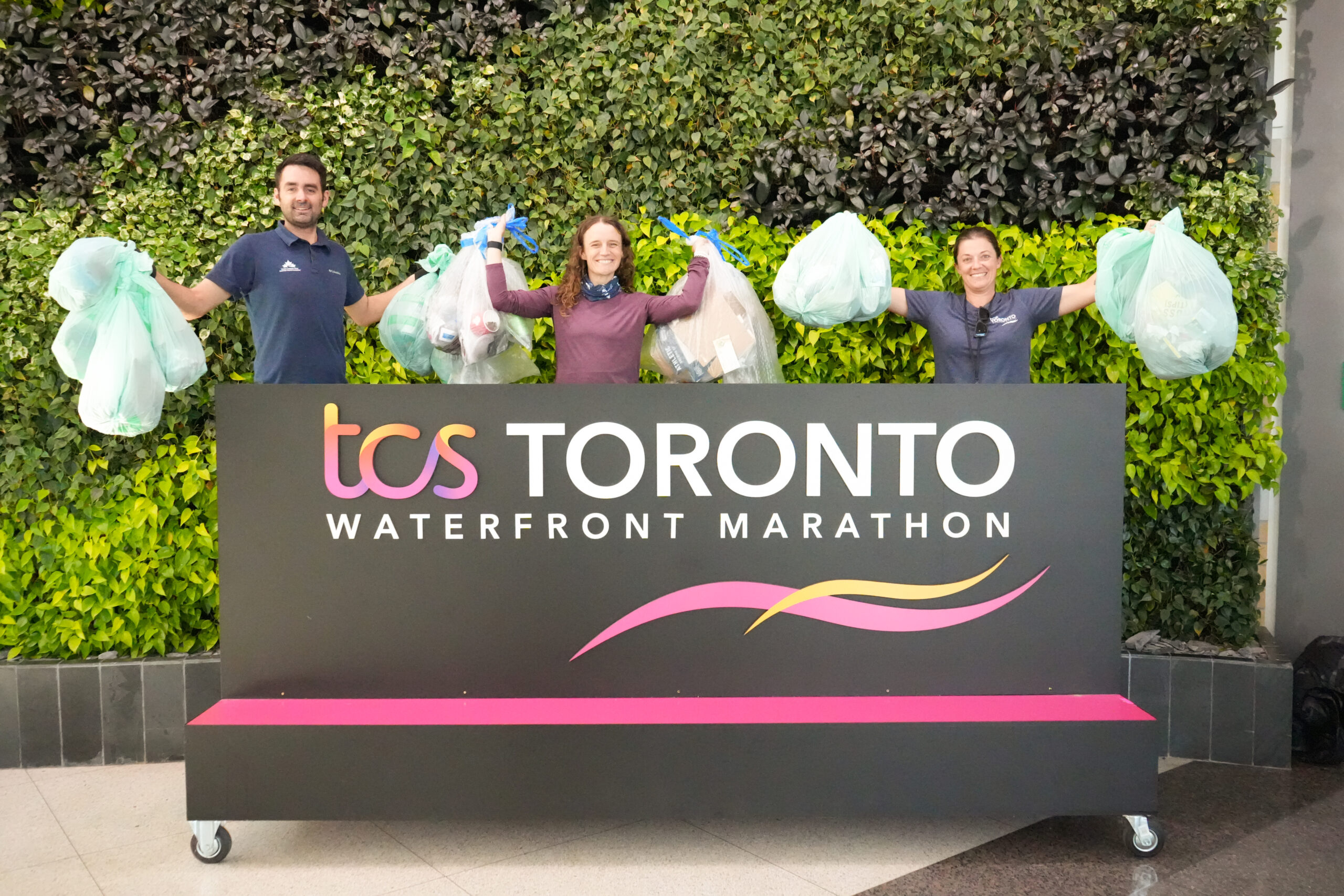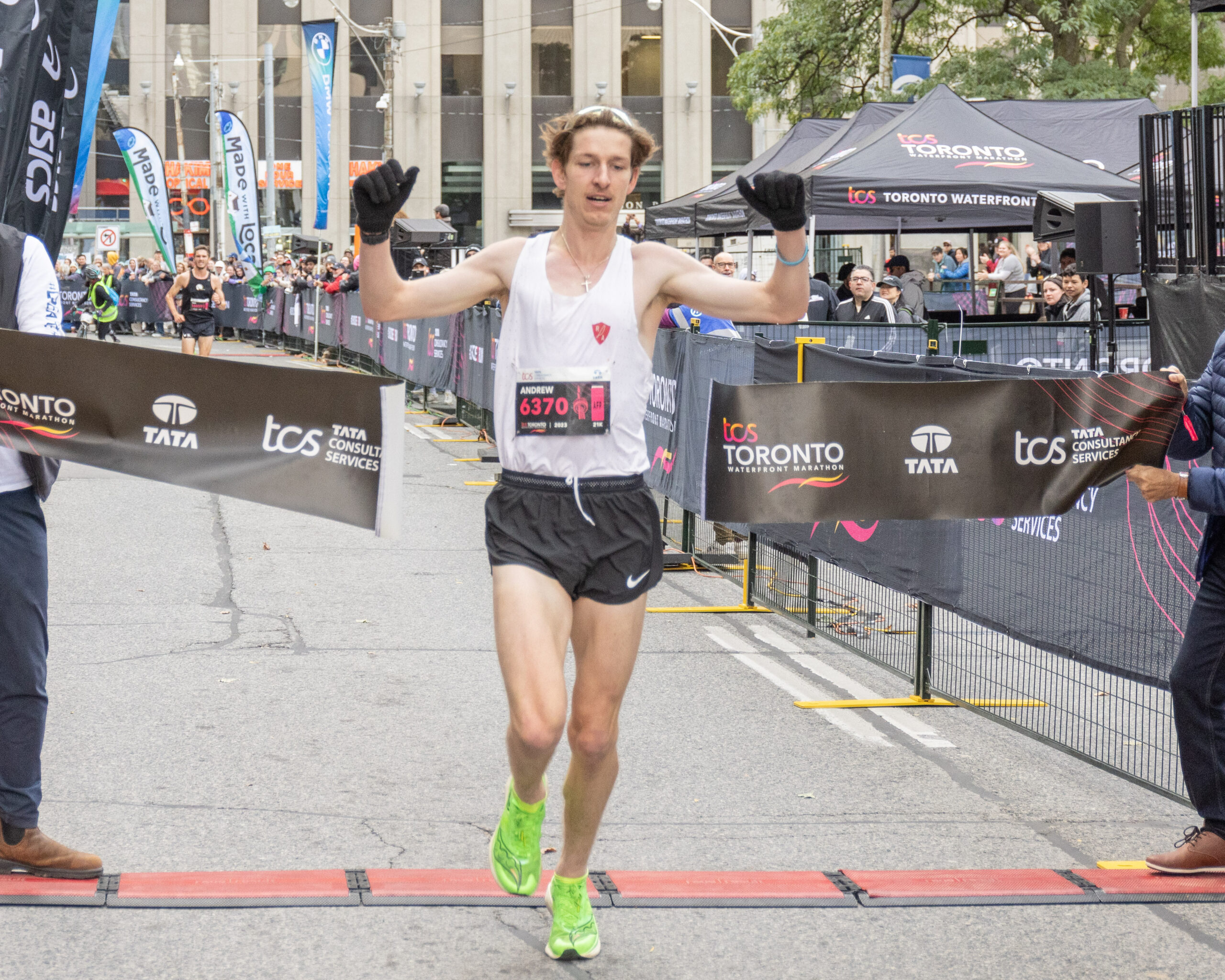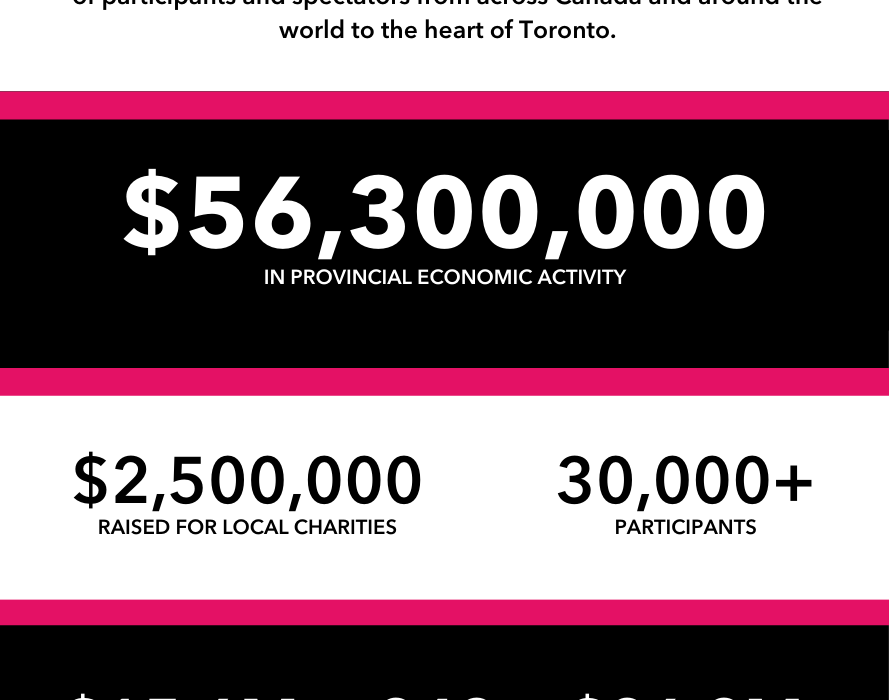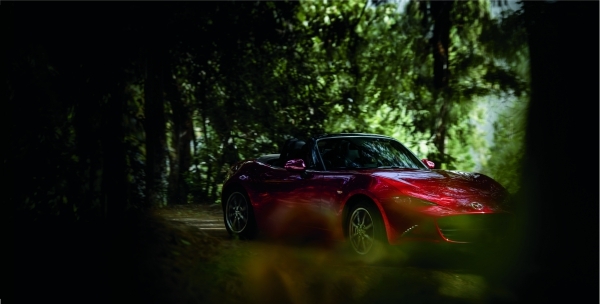
8 Trail Running spots within a drive of Toronto to see the leaves change
Sponsored by Mazda, official automotive sponsor of the Scotiabank Toronto Waterfront Marathon.
Fall is arguably the best season to run and to explore the outdoors. Cool temperatures, low humidity, and best of all: colours so vibrant you can’t even believe they’re real. To make things even better, there are so many unforgettable parks and lookouts within a short drive of Toronto that it’s hard to choose which spot to visit next.
To help you narrow down your choices on where to head this fall, we compiled eight of the top fall trail running/hiking spots within a 2-3-hour drive of Toronto (ranked by distance from downtown Toronto), along with a few apres-run activities. With that said, there are still plenty of trails to explore within Toronto itself, but why not make an out-of-town adventure one of these weekends?
These locations are car-friendly with parking at trail heads, and all feature a mix of stunning fall foliage, beginner to expert terrain, and in some cases breathtaking views from elevated lookouts. To help plan your next road trip, reference Ontario Parks’ handy leaf report to ensure you time your trips for peak fall-viewing.
Be sure to plan your run or hike in advance. Many of these inclusions as provincial parks require that every visitor register their visit ahead of time and choose a date and time slot.
Kortright Centre for Conservation
Website
Drive from Toronto: 40mins
Who knew Toronto had 325 hectares of pristine woodlands? The Kortright Centre for Conservation is a gem nestled away just north of Toronto, and offers an abundance of running and hiking trails. This is one of the closest and best spots to visit outside the city’s core.
Mount Nemo
Website
Drive from Toronto: 45mins
With approximately 5 kilometres of trails, Mount Nemo is on the smaller side for a park, but offers unmatched views and colours during the fall. It’s also less-visited than its nearby counterparts, making it a great option for introductory trail runs, or beginner hikes.
Make sure to stop by Brock Harris Lookout on your run or hike. On a clear day, you can see the CN Tower in the distance, and the lookout offers stunning views of the escarpment below. If this smaller park is too limited for your abilities, Rattlesnake Point or Kelso Conservation Area are a short drive away to do a double-header.

Dundas Peak
Website
Drive from Toronto: 50mins
Dundas Peak is one of the most noteworthy lookout points within the GTA and surrounding area. Start off by viewing Webster’s Falls, and then make a pit stop at Tew’s Falls, a 41-metre high waterfall, while you continue to run the escarpment. Note: Dundas Peak is an extremely popular spot, especially in autumn. Visit early in the morning or during the week to avoid crowds.
Swing by Shawn & Ed Brewing Co. in Dundas or Merit Brewing in Hamilton for a post-run snack on your way back to Toronto.
Forks of the Credit Provincial Park
Website
Drive from Toronto: 53mins
There are numerous trails through Forks of the Credit Provincial Park including the Bruce Trail, Dominion Trail, Kettle Trail, Meadow Trail, and Trans-Canada Trail. Notable features of the park include a kettle lake, talus slope, and a passage of the Credit River, for which the park is named.
Boyne Valley Provincial Park
Website
Drive from Toronto: 1hr15mins
Boyne Valley Provincial Park is a mix of local, hardwood forest, open fields, bottomland, and swam situated along the Bruce Trail, an 890-kilometre long trail that connects much of southern Ontario. At the northern part of the park, the Bruce Trail offers excellent views and a lookout.
Mono Cliffs Provincial Park
Website
Drive from Toronto: 1hr10mins
With six moderate trails ranging from 5.6 to 13.4 kilometres, Mono Cliffs Provincial Park within the small rural town of Mono. Walk through a canyon or past 30 metres cliffs on the cliff top trail for a stunning blend of fall colours and waterfalls.
Foley Mountain Conservation Area
Website
Drive from Toronto: 3hr:19mins
Foley Mountain Conservation Area is a three-ish hour drive from downtown Toronto, but well worth it. This conservation area sits adjacent to Westport on the banks of the Upper Big Rideau Lake. Stop by Old Bob’s Lookout and Spy Rock for stunning views of the valley below, and visit Scheuermann or Westport Brewery for a post-run/post-hike pizza.
Bruce Peninsula National Park
Website
Drive from Toronto: 3hrs35mins
Situated at the tip of the Bruce Peninsula near Tobermory, this national park is one of the most popular parks in Ontario. Take Marr Lake Trail for access to Georgian Bay, follow High Dump Trail for a run adjacent to the water for 7-plus kilometres, or tackle Crane Lake to Little Cove for a 30-kilometre trek. Make a visit to nearby Tobermory afterwards before heading back to Toronto.
Sponsored by Mazda, official automotive sponsor of the Scotiabank Toronto Waterfront Marathon.


